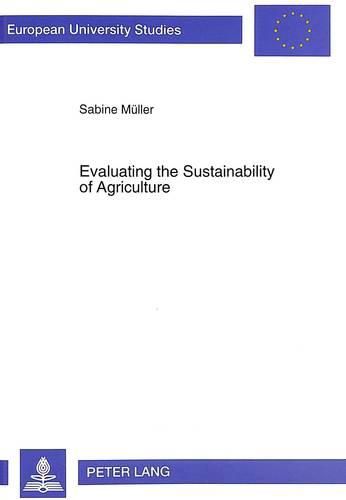Readings Newsletter
Become a Readings Member to make your shopping experience even easier.
Sign in or sign up for free!
You’re not far away from qualifying for FREE standard shipping within Australia
You’ve qualified for FREE standard shipping within Australia
The cart is loading…






Sustainability is an important issue in the development debate but there is little consensus regarding what sustainable development really means and how its attainment can be evaluated. This book attempts to address the question of how the sustainability of agriculture could be assessed; the idea is then applied and analyzed in the case of a river watershed in Costa Rica. The sustainability of agriculture is described by indicators at the plot-, farm- and watershed-level. Reference values are determined which allow the measurement of changes in the indicator values caused by current land use. Multivariate statistical procedures and the assessment of frontier production functions for the principal crops are the main instruments of the empirical analysis. Furthermore, economic social and environmental indicators are aggregated to a sustainability index at the farm level in order to allow for comparison between farms. Policy options and possible interventions for the improvement of sustainability are then discussed and the study concludes with the lessons learned and suggestions for further research.
$9.00 standard shipping within Australia
FREE standard shipping within Australia for orders over $100.00
Express & International shipping calculated at checkout
Sustainability is an important issue in the development debate but there is little consensus regarding what sustainable development really means and how its attainment can be evaluated. This book attempts to address the question of how the sustainability of agriculture could be assessed; the idea is then applied and analyzed in the case of a river watershed in Costa Rica. The sustainability of agriculture is described by indicators at the plot-, farm- and watershed-level. Reference values are determined which allow the measurement of changes in the indicator values caused by current land use. Multivariate statistical procedures and the assessment of frontier production functions for the principal crops are the main instruments of the empirical analysis. Furthermore, economic social and environmental indicators are aggregated to a sustainability index at the farm level in order to allow for comparison between farms. Policy options and possible interventions for the improvement of sustainability are then discussed and the study concludes with the lessons learned and suggestions for further research.